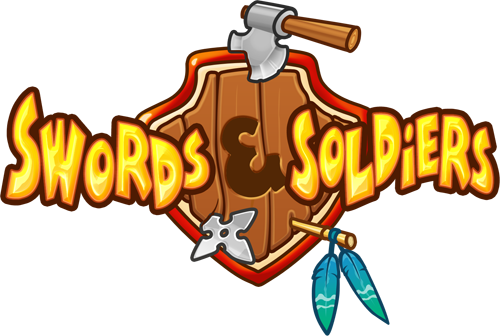

A Japanese swordsmith named Kanenobu made this sword in the 1940s. The leading smiths in Seki commonly signed with names beginning with the character Kane, such as Kanefusa, Kanenobu, etc, and many of the resulting swords are of interest to collectors today. Many others were made from puddled steel, and cheaper swords were made from foundry steel and salvaged structural steel. Traditional tama hagane swords comprised about 6-to-7 percent of the output. In the 1940s, Seki shipped about 18,000 mounted swords a month to the military organizations. The city had a population of around 30,000 and about half of them probably were involved in sword production, polishing and mounting. Seki was home to 350 licensed swordsmiths as well as a large number of associated craftsmen. It is somewhat stout and heavy, and has a fairly complex hamon composed of small loops, or gunome. It is a good example of the army swords of the period. He worked in the Nippon To Denshujo in Tokyo. Akihisa made this Japanese war sword in 1942. A surprisingly large number of Japanese smiths working today can trace their professional lineage to someone who worked at the Denshujo from 1933 to 1945. The swords from the Denshujo are of very strong interest to collectors, as well as any Yoshihara sword from this period, and also any swords made by the Denshujo’s chief instructor, Kasama Shigetsugu, and its founder, Kurihara Akihide. Kuniie originally signed with the name Akihiro but soon began to use the name Kuniie, as did Yoshindo’s father (Yoshindo’s father was the second-generation Kuniie). The Denshujo’s students usually took names beginning with the character Aki from the founder Akihide’s name (such as Akifusa, Akimitsu, etc.).


 0 kommentar(er)
0 kommentar(er)
